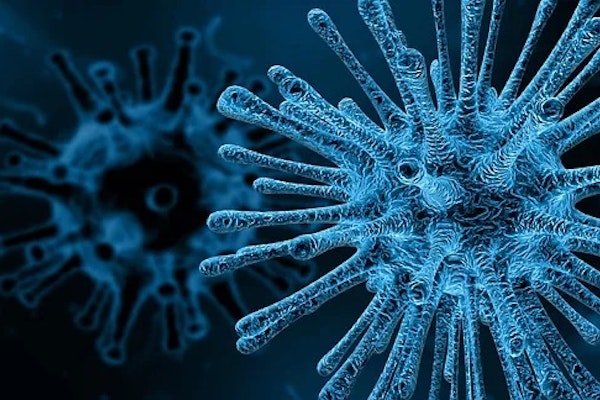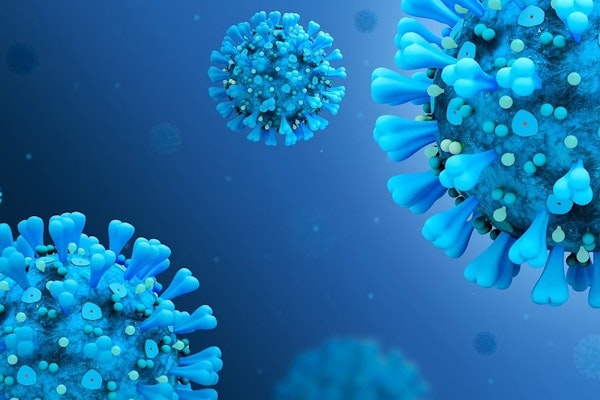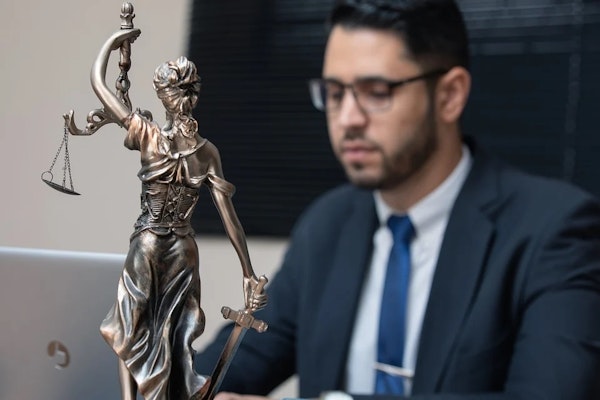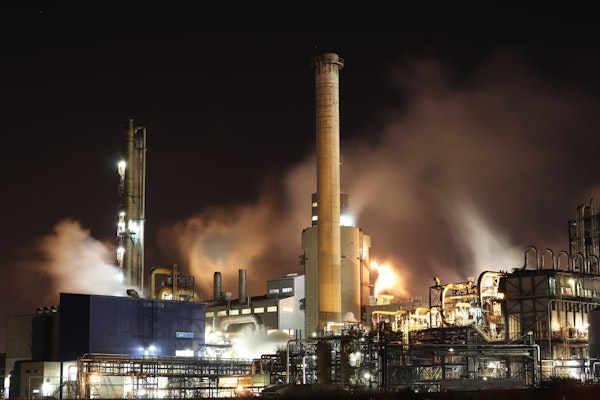
COVID Presumptions a Major Comp Theme in State Legislatures
The COVID-19 omicron variant appears to be waning and several states have lifted their mask mandates in recent weeks, but legislators are just getting started when it comes to the pandemic and workers compensation.
February 17, 2022
Legislation & Regulation
Workers' Compensation

Add Greenery For Improved Recovery, Well-Being And Productivity
Most people now recognize the energy savings benefits of green buildings. These buildings use less water, energy and other natural resources. In some cases, they can increase biodiversity, produce their own energy and reduce the urban heat island effect.
February 4, 2022
Life & Health
Workers' Compensation

Love At First Loss
If you ever find yourself in a room of claims and litigation professionals and need a good icebreaker, be sure to ask the person closest to you this question: Did you find the industry, or did the industry find you?
February 3, 2022
Auto
Liability
Property
Workers' Compensation

A Nation Divided: Covid And The Legislative Challenges It Brings
Monday, we wrote about a proposed bill in Utah that would allow firefighters combatting fires in states other than their own to collect workers’ compensation benefits if they were injured on the job. Legislators there are running into significant headwinds, in the form of paranoid accusations that they are really establishing paramilitary services to enslave people and violate the rights of citizens.
February 3, 2022
Legislation & Regulation
Workers' Compensation

Workers’ Comp Adjusters: How Can We Nurture Their Success?
It is undisputed that the claims adjuster sits in the hot seat of the workers’ compensation claims process. At the frontlines of claims management, they must balance the interests of multiple stakeholders while juggling important and often time-critical authorization decisions that impact an injured worker’s care in relation to their workers’ comp claim.
February 2, 2022
Workers' Compensation

4 Ways To Manage Medical Supply Chain Disruption In Workers’ Comp
The health care supply chain is experiencing a multitude of disruptions, delays, wage pressures and shortages, some of which have an impact on workers’ compensation medical care.
January 26, 2022
Workers' Compensation

10 Questions Can Help Unearth Psychosocial Risk Factors In Workers’ Comp
A recent webinar delved into the biopsychosocial treatment model and return to work, with special emphasis on identifying the presence of psychosocial risk factors in poor outcomes.
January 18, 2022
Workers' Compensation

The Cannabis Carousel
With the New Jersey Supreme Court unanimously holding that employers and insurance companies must pay for medical marijuana when ordered by the court, and the Minnesota Supreme Court holding that federal law preempts the state’s medical marijuana law, companies and claims management professionals are stuck trying to sort out a legal turf war fit for a mafia movie.
January 14, 2022
Legislation & Regulation
Workers' Compensation

Almost Two Years Into The Pandemic, Why Aren’t We Paying More Attention To Long-COVID?
It’s been almost two years since the first cases of COVID-19 were reported. In that time, we’ve experienced a master class in just how unprepared the U.S. was for a global pandemic.
January 13, 2022
Workers' Compensation

Pennsylvania Streamlines Workers’ Comp, Sort Of
Legislation being hailed for allowing faster workers’ compensation claims settlements was signed into law last week by Pennsylvania Gov. Tom Wolf. It changes the requirements regarding the signing of legal paperwork for those workers eligible for a C&R – a Compromise and Release settlement.
January 12, 2022
Legislation & Regulation
Workers' Compensation
Pennsylvania

Watch For These 4 Workers’ Comp Litigation Trends In 2022
From whether COVID-19 is reimbursable to developments in medical marijuana’s compensability, it has been a busy year for workers’ comp decisions at both the state and federal level.
January 11, 2022
Litigation
Workers' Compensation

How Loss Of Consortium Claims Are Upending Employer Subrogation In California
No employer wants to find themselves in the midst of a workers compensation matter, especially when the employee in question was injured through no fault of the employer.
This problem starts with California’s notoriously employee-friendly workers compensation rules, which requires employers to pay for employees’ medical treatment if they are hurt on the job. This holds true even in cases where the employer is not at fault and injuries were caused by a negligent third party.
Fortunately, California also gives businesses or their workers compensation carriers the right to subrogate against those negligent third parties to recover any benefits they might have paid to injured workers. Through additional litigation, employers can seek reimbursement for these paid benefits that were made on behalf of an injured employee.
December 23, 2021
Subrogation
Workers' Compensation
California
This problem starts with California’s notoriously employee-friendly workers compensation rules, which requires employers to pay for employees’ medical treatment if they are hurt on the job. This holds true even in cases where the employer is not at fault and injuries were caused by a negligent third party.
Fortunately, California also gives businesses or their workers compensation carriers the right to subrogate against those negligent third parties to recover any benefits they might have paid to injured workers. Through additional litigation, employers can seek reimbursement for these paid benefits that were made on behalf of an injured employee.

Fire At ExxonMobil Refinery, Four Employees Injured
Harris County Fire Marshal’s officials are investigating an overnight fire at the ExxonMobil’s Baytown refinery that left four people injured.
December 23, 2021
Excess & Surplus Lines
Workers' Compensation
Texas

A Big Win For WCI, And For Workers’ Comp
Finally, life felt normal again. No video conferences. No remote meetings. Just a smattering of masks. This year for the Workers’ Compensation Institute in Orlando, their behemoth of an educational conference rose like a Phoenix from the desolate ashes of a detested pandemic
December 17, 2021
Workers' Compensation
Florida

Can Virtual Reality Really Help Injured Workers With Pain, PTSD And Other Conditions?
For Tyler Wright, sheriff’s deputy with Florida Law Enforcement, the anxiety and flashbacks that came with PTSD were becoming unbearable.
December 1, 2021
Technology
Workers' Compensation





